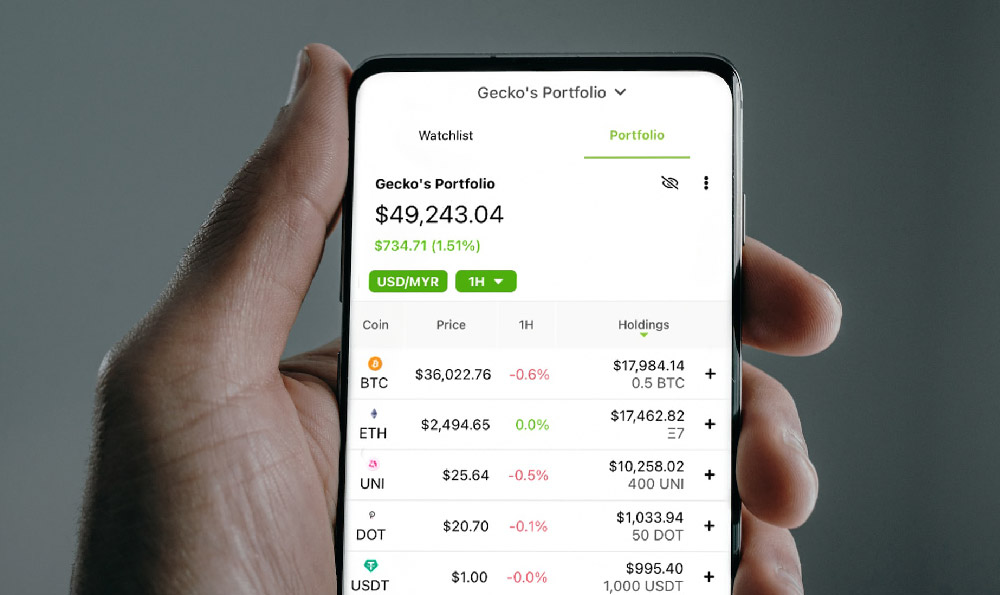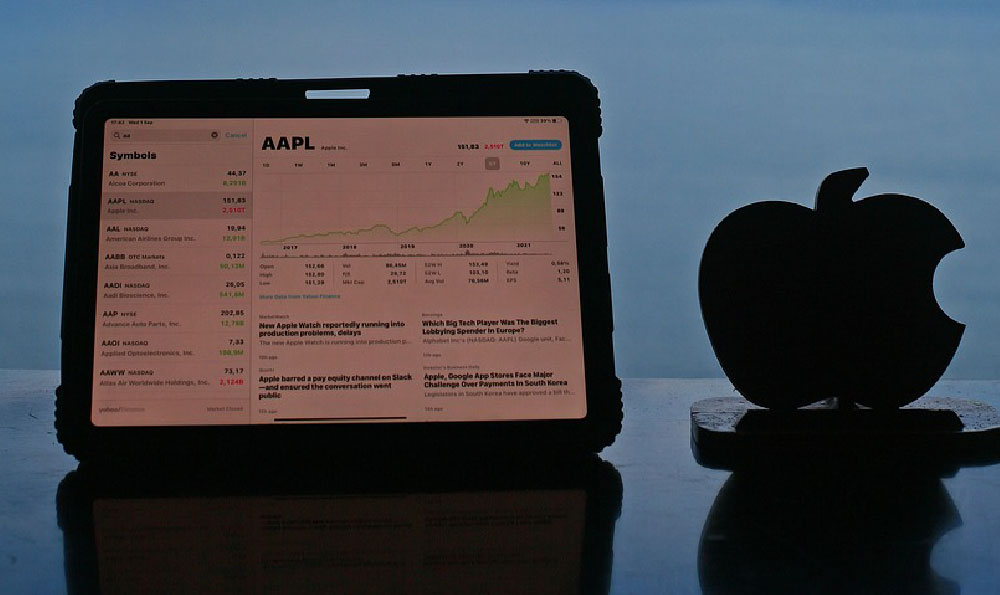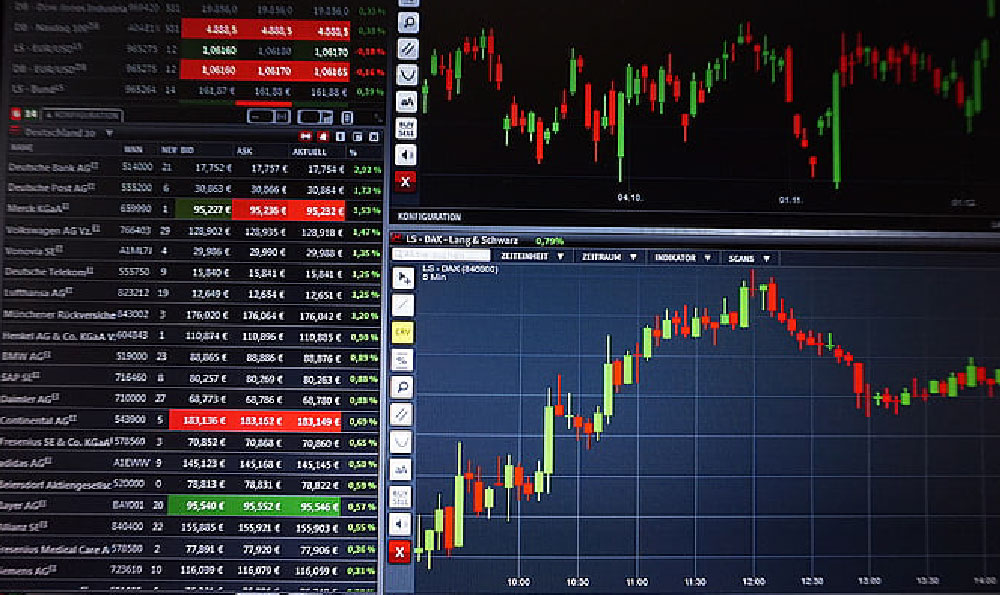Okay, let's delve into the fascinating, and often misunderstood, world of YouTube earnings transparency. The burning questions of whether YouTube discloses your earnings and just how much money creators make are common, and for good reason. It touches upon privacy, industry standards, and the very allure of becoming a successful YouTuber.
YouTube, in and of itself, does not publicly disclose the specific earnings of individual creators. This is a fundamental aspect of their user agreement and respects the privacy of its content providers. Your revenue data, accessible within your YouTube Studio dashboard, is confidential. It's not something that YouTube actively shares with third parties or makes available for public consumption. Think of it like your bank account; the details are private unless you choose to share them. This confidentiality stems from various factors, including data protection regulations, competitive considerations for creators, and simply respecting the individual's right to privacy.
However, while YouTube doesn't outright reveal earnings, information sometimes surfaces through other channels. Creators themselves may choose to disclose their income, whether it's through videos dedicated to transparency, interviews, or social media posts. This is entirely their prerogative. Some do it to demystify the process, offering insights and motivation to aspiring YouTubers. Others might do it to attract brand deals or demonstrate their success. But remember, these are conscious decisions made by the creators themselves, not actions initiated by YouTube.

Furthermore, third-party analytics tools and websites can provide estimated earnings ranges for YouTube channels. These tools typically analyze factors like views, subscriber count, engagement rates (likes, comments, shares), and estimated CPM (Cost Per Mille, or cost per thousand views) to calculate potential revenue. It's crucial to understand that these are estimates. They are based on algorithms and averages, and they are often not entirely accurate. A channel's actual earnings can vary significantly depending on various factors that these tools often cannot fully account for. For instance, the niche a creator operates in significantly impacts CPM rates. Finance and technology channels often command higher CPMs than gaming or vlogging channels. The viewer demographics (location, age, gender) also play a role. Furthermore, brand deals and sponsorships, which can be a substantial income source for many YouTubers, are usually not captured by these estimated figures. So, while such tools can offer a general idea of a channel's earning potential, treat them as a rough approximation rather than a definitive statement of income.
So, how much money do YouTubers make? The answer is, frustratingly, it depends. There is no one-size-fits-all answer. The range is vast, from creators making virtually nothing to individuals and large organizations earning millions annually. Many smaller channels, with a few thousand subscribers and limited views, might only generate enough revenue to cover the costs of equipment and software, or perhaps even a modest supplementary income. On the other end of the spectrum, established channels with millions of subscribers and consistently high viewership can generate substantial revenue through ad revenue, brand sponsorships, merchandise sales, affiliate marketing, and other avenues.
Several factors determine a YouTuber's earning potential. Firstly, the number of views is a primary driver. More views generally translate to more ad impressions and, therefore, higher ad revenue. However, it's not just about the quantity of views but also the quality. Engagement is critical. A video with high viewership but low engagement (few likes, comments, and shares) might not perform as well in the long run as a video with fewer views but a higher engagement rate. High engagement signals to YouTube's algorithm that the content is valuable and engaging, leading to wider distribution.
Secondly, the CPM (Cost Per Mille) and RPM (Revenue Per Mille) play significant roles. CPM is the amount advertisers pay per thousand views of their ads, while RPM is the revenue a creator earns per thousand views after YouTube's share is deducted (YouTube typically takes around 45% of ad revenue). These rates can vary dramatically depending on factors like the niche, viewer demographics, ad formats, and seasonality. For example, CPMs tend to be higher during the holiday season when advertisers are vying for attention.
Thirdly, diversification of income streams is crucial for long-term sustainability. Relying solely on ad revenue can be risky, as ad rates fluctuate and are subject to YouTube's policies. Smart creators diversify their income through brand sponsorships, affiliate marketing (promoting products and earning a commission on sales), merchandise sales (t-shirts, mugs, etc.), Patreon (offering exclusive content to paying subscribers), and selling online courses or digital products. This diversification not only increases earning potential but also provides a buffer against potential fluctuations in ad revenue.
In conclusion, YouTube does not disclose the specific earnings of its creators, respecting their privacy and competitive position. While estimates can be gleaned from third-party tools and occasional disclosures by creators themselves, these should be taken with a grain of salt. The actual earning potential on YouTube is highly variable and depends on numerous factors, including views, engagement, CPM/RPM, niche, and diversification of income streams. Success on YouTube requires dedication, consistent effort, high-quality content, audience engagement, and a strategic approach to monetization. It's not a get-rich-quick scheme, but with hard work and a bit of luck, it can be a rewarding and financially viable career path.












